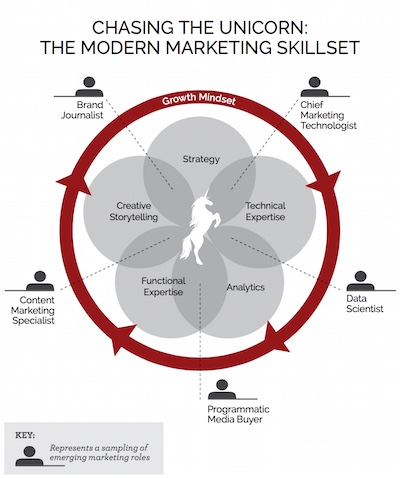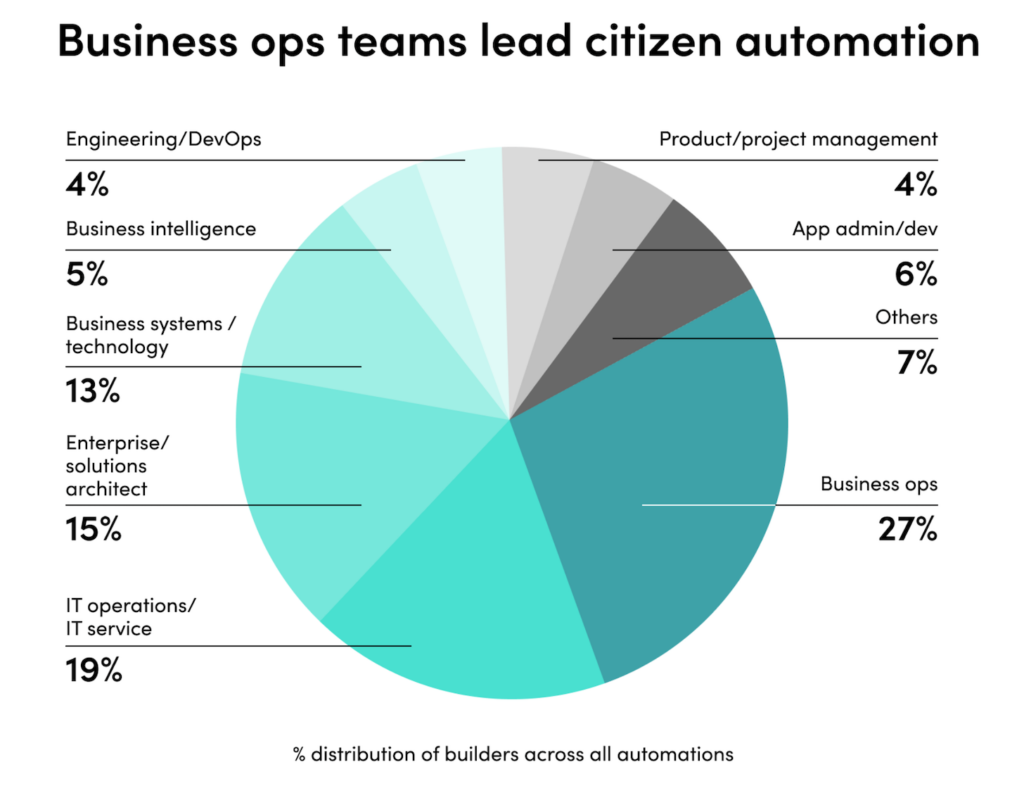Over the past several months, I collaborated with Lenati, a marketing strategy consultancy, on a series of interviews with senior marketing executives. Our goal was to learn how these leaders, from a variety of different industries and organizational sizes, addressed these four key questions on strategic marketing technology management:
- How do they decide which marketing technology bets to make?
- As they make those bets, how do they maximize their value?
- How do they recruit, hire, and nurture right team?
- How do they drive innovation and stay in front of what’s next?
The report, Marketing Technology as a Strategic Asset, was just released this week and is available for download from Lenati. (To give credit where it is due, let me note that Lenati did the vast majority of the work associated with this project.) Also, Liam O’Connor of Lenati will be chatting with me on chiefmartecTV this Friday, at 2pm Eastern, to discuss our findings — if you have the chance, join us live on Blab.
Above and beyond the findings in the report, however, I had an overarching takeaway from this project that has been deeply inspiring:
The tech-savvy marketing executive is a wonder to behold.
Throughout our interviews, I was repeatedly struck by how tech-savvy the participants were.
It’s one thing to look at a quantitative study, such as the one I shared from DataXu a couple of weeks ago, where 78% of U.S. marketers report that understanding marketing technology is a critical skill for senior marketers to be successful. That’s an exciting figure, but one that’s open to broad interpretation of the word “understanding.”
It’s another matter entirely to have in-depth, qualitative discussions with such senior marketers who comfortably display a mature and nuanced mastery of the dynamics of technology management. They’re not CIOs — and they don’t pretend to be. But if you stumbled into the middle of one of those conversations, you might easily assume that you were listening to an IT executive strategizing about their technology roadmap.
That’s remarkable.
But what’s more remarkable is the fluency by which they continually wove technology management principles back into the fabric of marketing and customer experience — and vice versa. Each of these interviews left me feeling like I had just witnessed a unicorn galloping by my window.
I’ll grant you that these participants are clearly at the high end of the bell curve. It would be unrealstic to extrapolate their special blend of marketing, technology, and leadership skills to every marketing executive today. But seeing a cluster of them together pushes back on the skeptic’s view that such multi-faceted professionals are so rare as to be virtually non-existent.
They might be rare, but they’re not that rare. A herd just galloped by my window.
Ironically, one of the key strengths of this “executive-level unicorn” is their near universal recognition that the rest of the marketing organization doesn’t need to consist solely of unicorns.
These executives are comfortable assembling teams where different members bring different talents to bear — technologists, storytellers, data scientists, etc.
The secret sauce is in the organizational capital of orchestrating these teams, promoting collaboration, knowledge transfer, and operational agility.
What makes this new breed of marketing leader remarkable is that they’re at ease in managing such a diverse set of talents. As an executive, they don’t have to be an expert in all of these specialties. But they have to know enough to be able to bring such multi-disciplinary teams together and manage them as a unified force.
These kind of marketing executives are destined to become future CEOs.
But while acknowledging the role of specialists — and the rarity of true multi-specialists — these marketing executives all felt that being comfortable with technology was table stakes for every marketer today.
Consider these quotes from the Lenati report:
For me, marketers need to have a growth mindset and desire to always keep learning. The big skills needed are a passion for technology, user-centric perspective, and curiosity on how things work together.
– Grad Conn, US CMO, Microsoft
First, if you are not thinking digital and mobile first, you are probably going to have a problem. Then, I look for people who see an opportunity when there is an “Oh no!”… people who are energized by change.
– Maggie Fox, Global SVP of Marketing, SAP
We want people who are open-minded, willing to try new things, and are analytical. We push our internal functional experts to use the technology we already have in new and different ways.
– Bridget Perry, VP of Enterprise Marketing, Adobe
Our competitive advantage in marketing is based on an internal marketing team which is highly proficient in marketing technologies and has in-depth understanding of the products and solutions we sell and the audience we need to market to.
– Stefan Gass, VP of Marketing, Veeam
Our two biggest criteria are: are you a marketer by background, and do you understand technology?
– Steve O’Brian, VP of Marketing, Chronus
By hiring and developing more tech-savvy marketers, in addition to the particular specialties that they bring to the organization, and giving them experience in collaborating in diverse teams, these marketing executives are seeding the future with whole new generation of “unicorn” marketing leaders.
It is a wonder to behold.
Download the report to read more and join us on chiefmartecTV this Friday.





Thank you